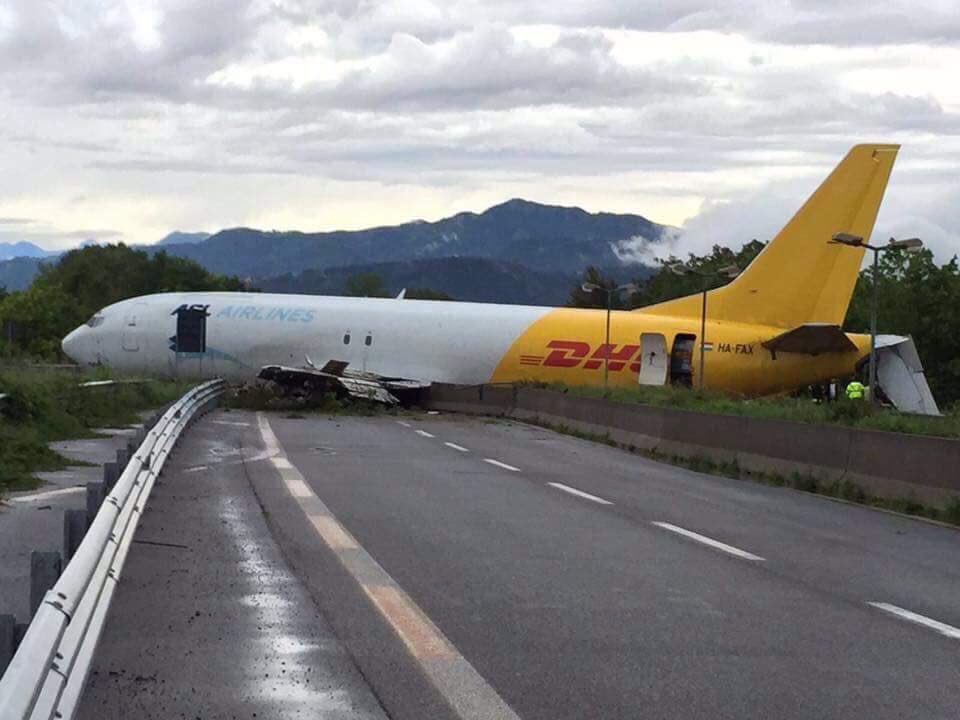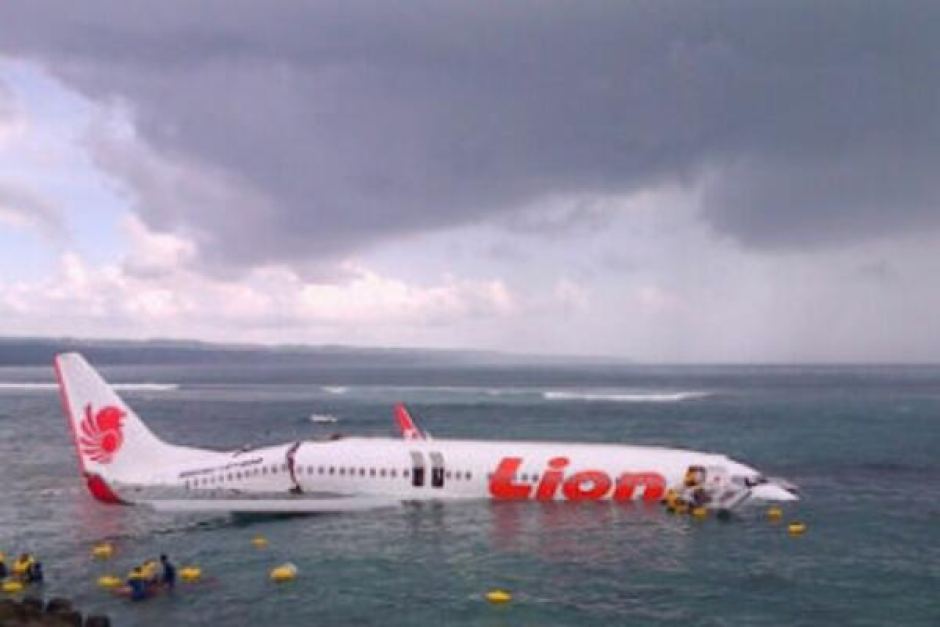Aviation Safety
It's true that it's never been safer to fly -- 2017 was officially the safest year in commercial air travel history, with US airlines recording zero accident deaths in commercial passenger jets. In the 1950s, the odds of an accident were about one in 50,000. The odds of dying in an airline crash today are about one in 50 million.
But this long, steady decline in commercial aviation accidents obscures a troubling trend and real problem: 29 Loss of Control (LoC) and Approach/Landing Accidents (ALAs) over the last 10 years have ended the lives of 1,975 people and levied a financial cost to the airlines of more than $20B. This is a big number, but when hull losses and other costs from non-fatal ALAs over the same 10-year period are added, the total financial impact exceeds $30B.
In addition to the high-profile LoC-I accidents, it is less widely known that between 2003 and 2010 fatalities in the approach/landing phases of flight increased almost 300% even though most airports today have systems that should make landing much easier and safer.
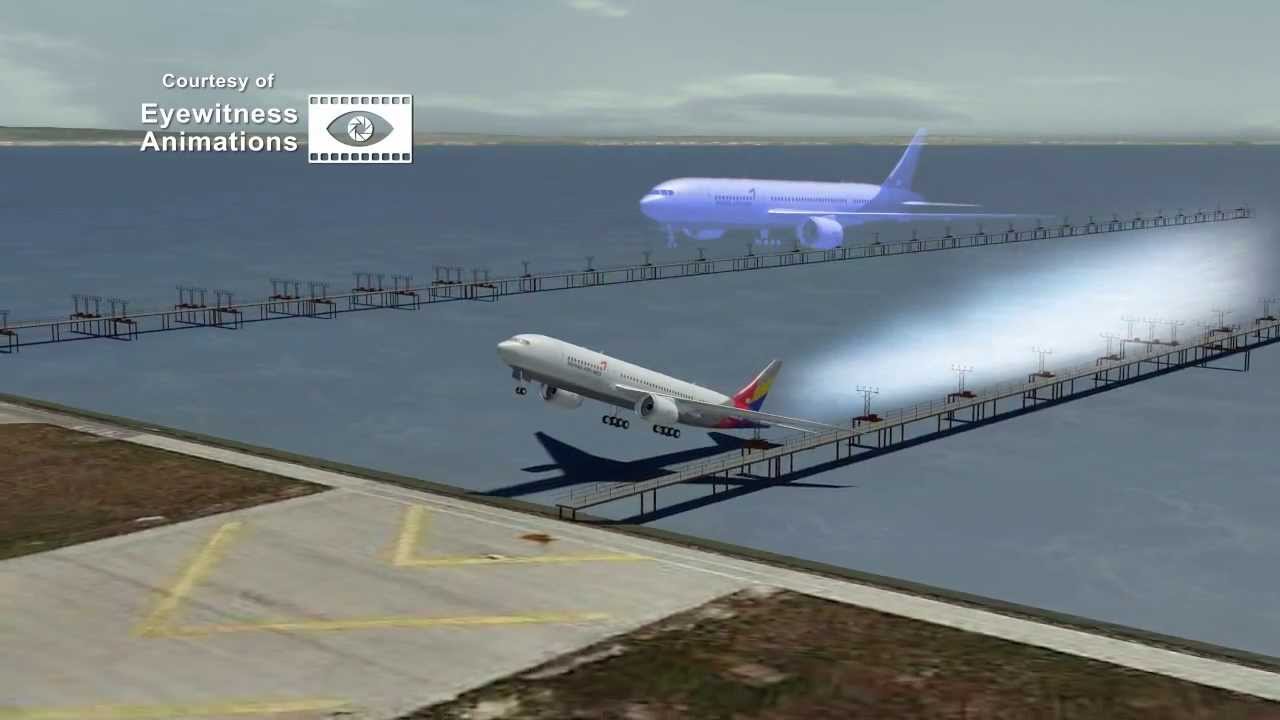
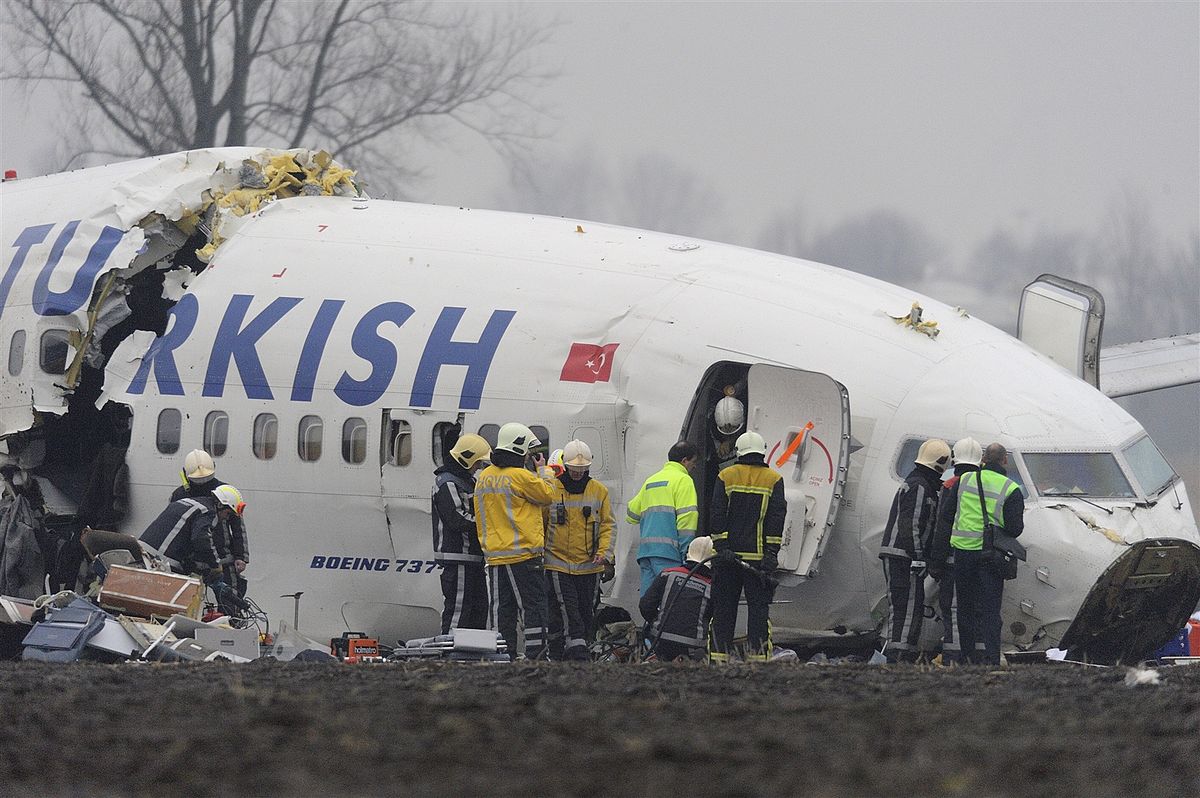
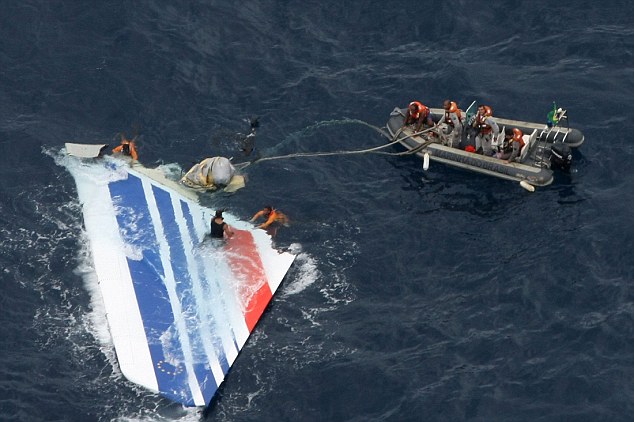
The highest-profile of these fatal accidents (Asiana 214, Air France 447 and Turkish 1951) have increased the pressure on Government aviation regulators, commercial aircraft manufacturers and airline operators to take action. The common factors across all three accidents? Pilots were unaware of energy loss.
It is important to note that more than 50% of all accidents (fatal and non-fatal) occur in the approach and landing phase of flight. Even though fatal accidents receive a disproportionate amount of media coverage, more than 80% of approach and landing accidents are non-fatal. Nonetheless they are incredibly costly in a myriad of ways to aircraft operators.
With the scope and magnitude of the problem they were solving now well understood, Skow and Reynolds set about identifying the root causes of the most frequent accident types in commercial aviation.








